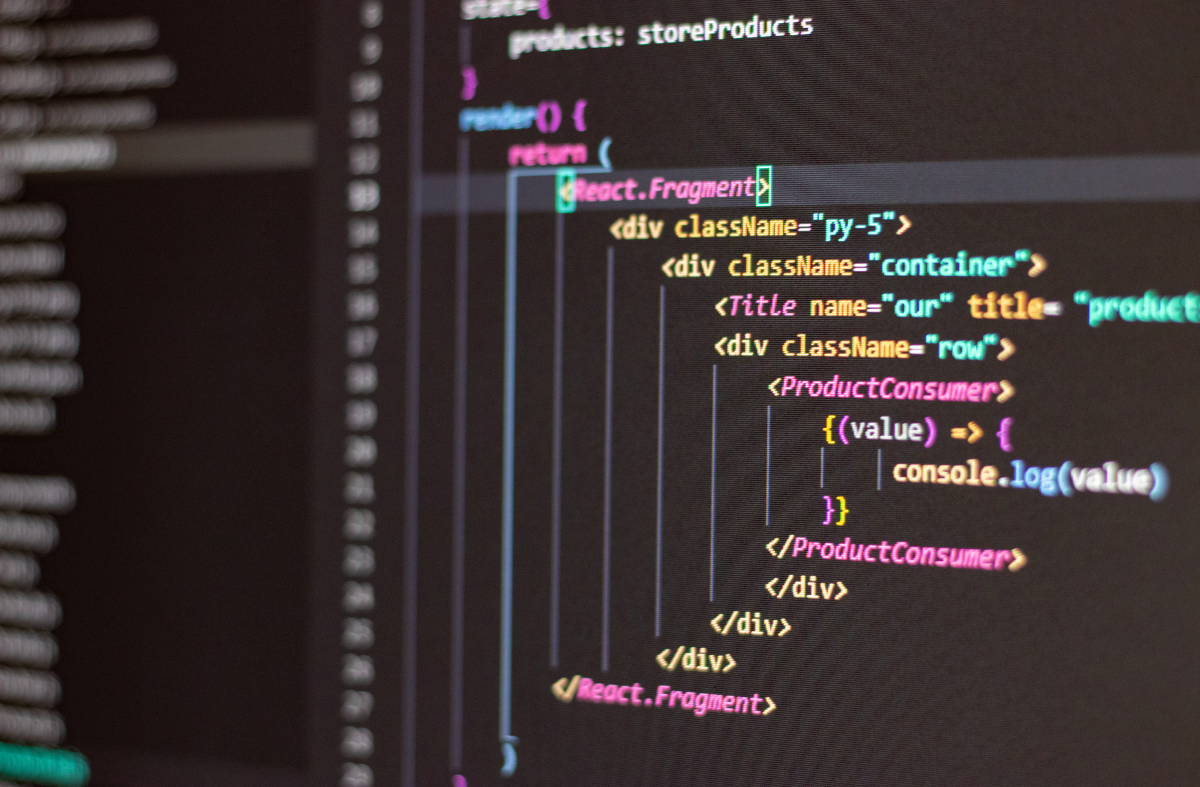Static Application Security Testing
Static Application Security Testing provides give developers real-time feedback as they code, helping them fix issues before they pass the code to the next phase of the Secure Development Life Cycle. Static Application Security Testing prevents coding related security issues and provides graphical representations of the issues found, from source to sink. Static Application Security Testing assists developers by pointing out the exact location of vulnerabilities and highlighting the risky code. Static Application Security Testing providein-depth guidance on how to fix issues and the best place in the code to fix them.

Why is SAST an essential security campaign?
- Developers dramatically outnumber security staff. It can be challenging for an organization to find the resources to perform code reviews on even a fraction of its applications.
- A key strength of SAST tools is the ability to analyze 100% of the codebase. Additionally, they are much faster than manual secure code reviews performed by humans.
- These tools can scan millions of lines of code in a matter of minutes. SAST tools automatically identify critical vulnerabilities—such as buffer overflows, SQL injection, cross-site scripting, and others—with high confidence. Thus, integrating static analysis into the SDLC can yield dramatic results in the overall quality of the code developed.
- High-quality analysis
- Rapid remediation
- Fix early
- Flexible workflow integration
- Real-time protection
- Regulatory and standards compliance
Add Security to DevOps with Static Application Security Testing
- Our tools are designed with Continuous Integration and Continuous Delivery foremost in our thinking, which makes it easy to include static code analysis as part of your CI/CD pipelines.
- Differential Analysis: Static Application Security Testing uses system context data to analyze only the files that changed while also providing differential analysis results and saving time
- Easy to Automate: Static Application Security Testing have common command line interfaces, the defect data can be accessed via a REST API and all output formats use standard formats, such as XML, JSON, and PDF.
- Containerized Builds: Static Application Security Testing be run within containerized and Cloud build systems and supports the provisioning of machine instances as required. Providing maximum flexibility and opportunity to use internal or external Cloud services for code analysis.
- Detect High-risk software vulnerabilities
With Static Application Security Testing We can detect high-risk software vulnerabilities such as SQL injection which would affect the system through the life of the software, Buffer Overflows which could disable the system, cross-site problems like cross-site scripting and cross-site request forgery. - Save Costs by identifying weak spots very early in SDLC
With Static Application Security Testing is applied early in the software development cycle because it looks at the code before it is compiled and warns of weak spots. It would be up to 100 times more expensive to fix the code after the application was compiled. - Save time
By deploying Static Application Security Testing early in Software devleopment fixes the issues during development stage as opposed to testing right before release, or in post-production, high-risk issues can be resolved without having to break the application build. - Quick Integration
Static Application Security Testing can easily integrate with an already established process in an organization’s software development lifecycle and works seamlessly with IDEs, Bug trackers, Source Repositories etc.. - No Rocket Science
Using Static Application Security Testing solution testers need not know specifics of how program functions or understand programs’ deep architecture.
Key Points of using our SAST
- Maximum protection with taint analysis
- Track Security Compliance at an enterprise level
- Download reports easily which covers the project’s security overview and the top security reports.
- IDE Integration
- Developer-driven static application security testing
- Fix at the speed of DevOps
- Scale your AppSec program
frequently asked questions
Static application security testing (SAST), or static analysis, is a testing methodology that analyzes source code to find security vulnerabilities that make your organization’s applications susceptible to attack. SAST scans an application before the code is compiled. It’s also known as white box testing.
- SAST is a technique and class of solutions that performs automated testing and analysis of program source code to identify security flaws in applications.
- Organizations may be tempted to regard SAST as a complete response to application security precisely because it’s such a powerful tool
- Unlike Pen Testing, Static Analysis (SAST) simply throws more information and know-how the developers’ way, raising awareness about secure development and high code integrity.
The key difference between SAST and DAST is that DAST is done from the outside looking in. It is a process that takes place while the application is running. Attempts are made to penetrate the application in a variety of ways to identify potential vulnerabilities, including those outside the code and in third-party interfaces. Source code, byte code, and binaries are not required with DAST, and it is easier to use and less expensive than SAST tools.
- Static application security testing (SAST) focuses on code. It works early in the CI pipeline and scans source code, bytecode, or binary code in order to identify problematic coding patterns that go against best practices. SAST is programming-language dependent.
- Whereas DAST is a black-box testing method that scans applications in runtime and Software composition analysis (SCA) focuses on third-party code dependencies that are used in the application.
SAST works on source code and scans your code lines for vulnerabilities. This is in contrast to DAST, which doesn’t know anything about the code and works only on inputs and outputs of your running application. In practice, they complement each other. A SAST tool can find vulnerabilities a DAST tool wouldn’t necessarily find, and the other way around.





















